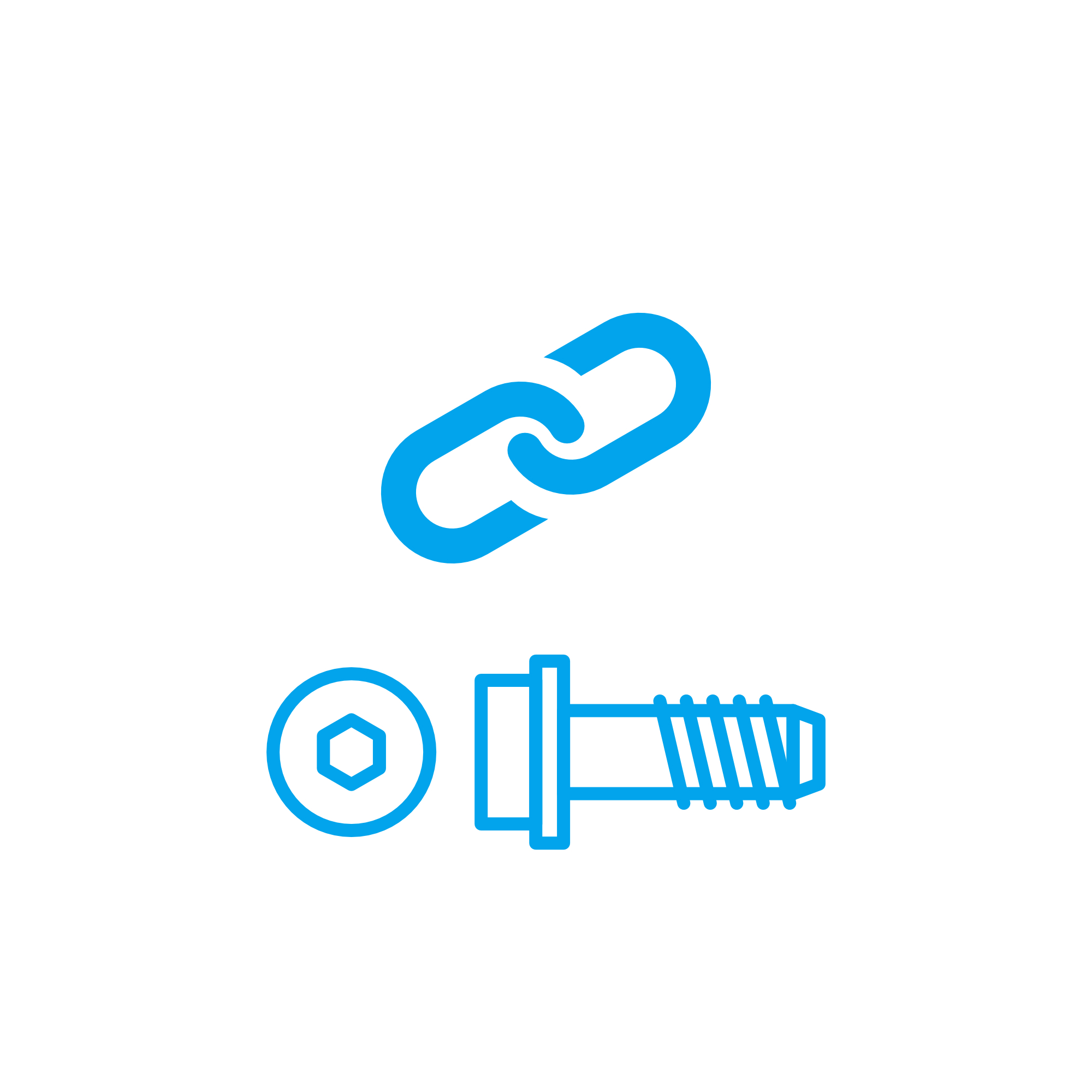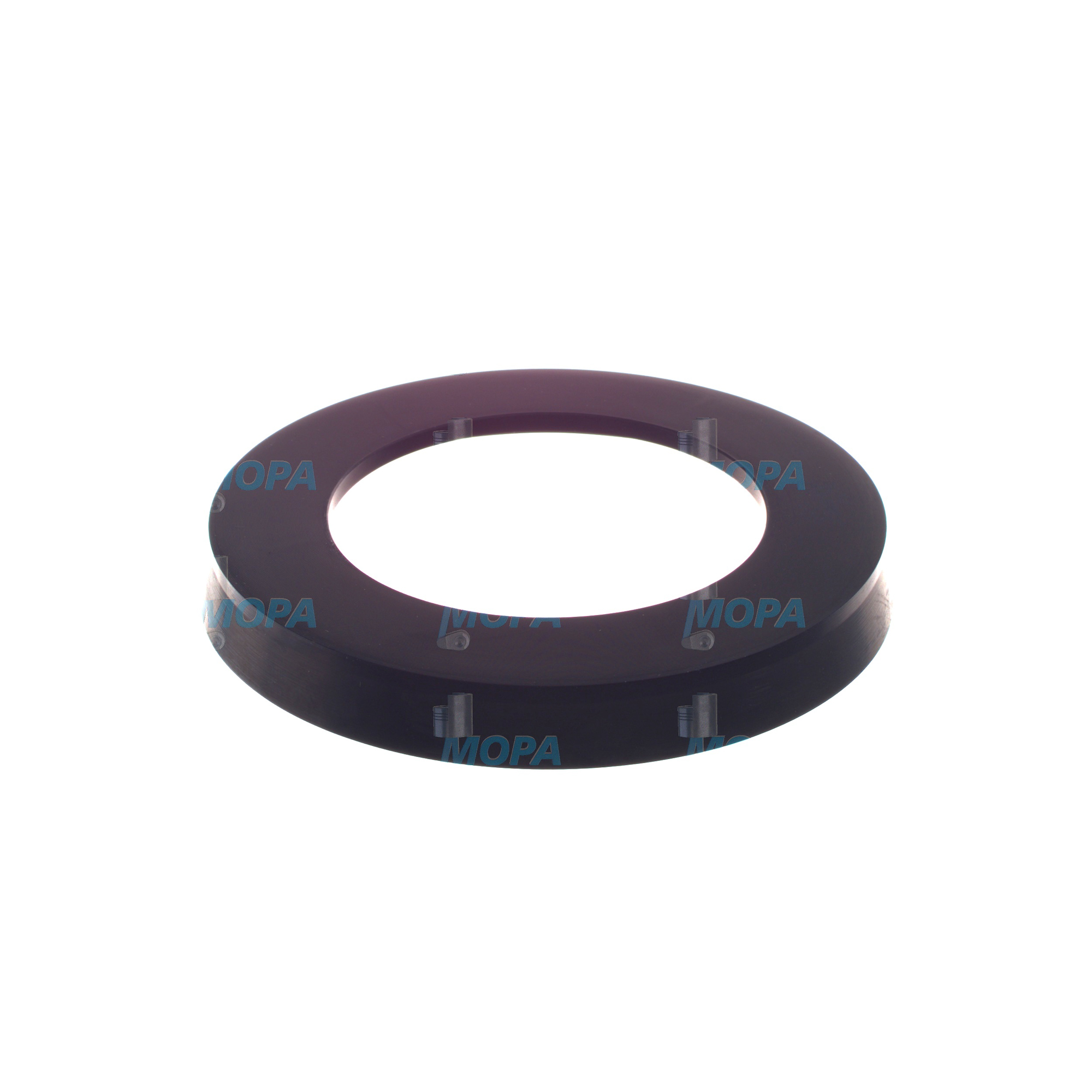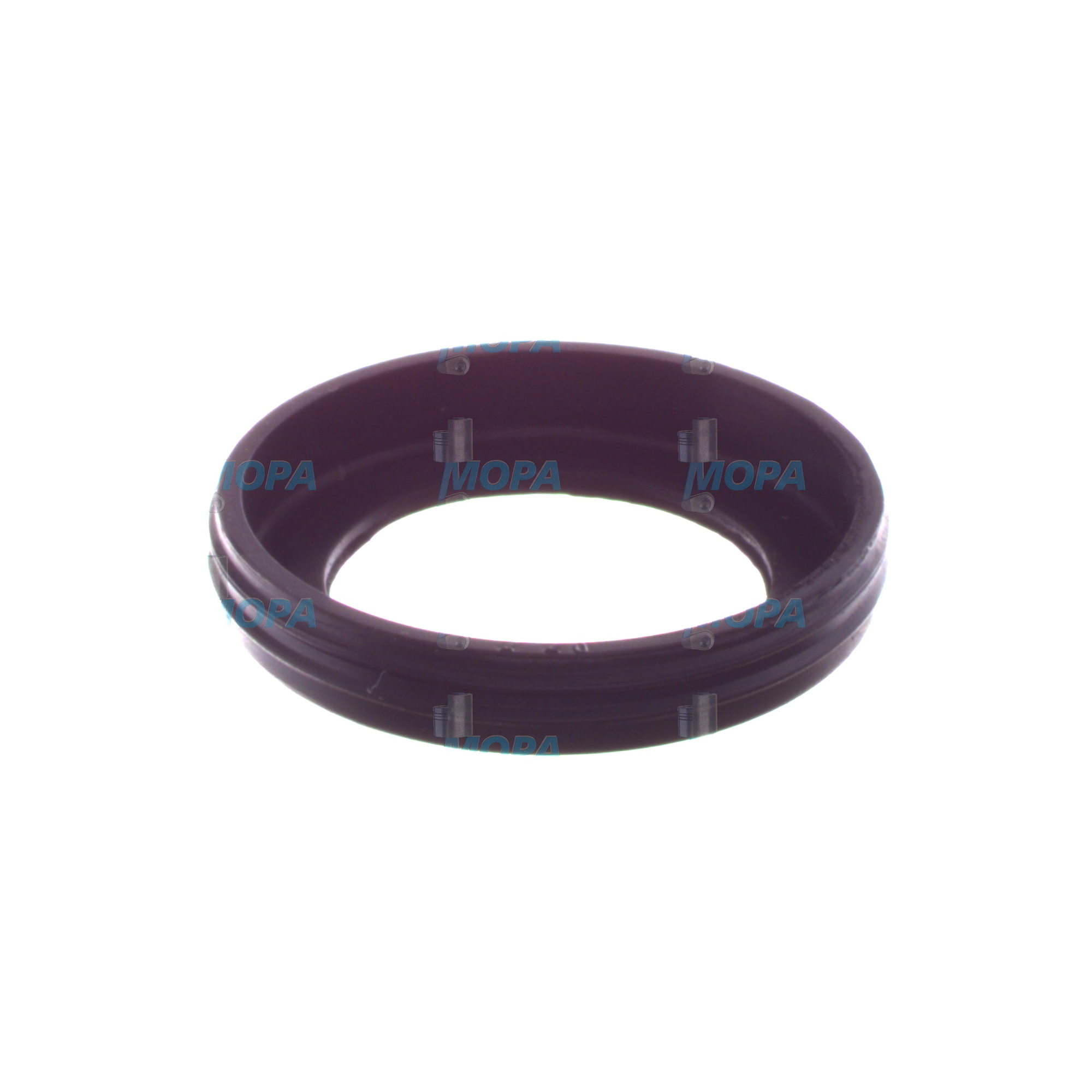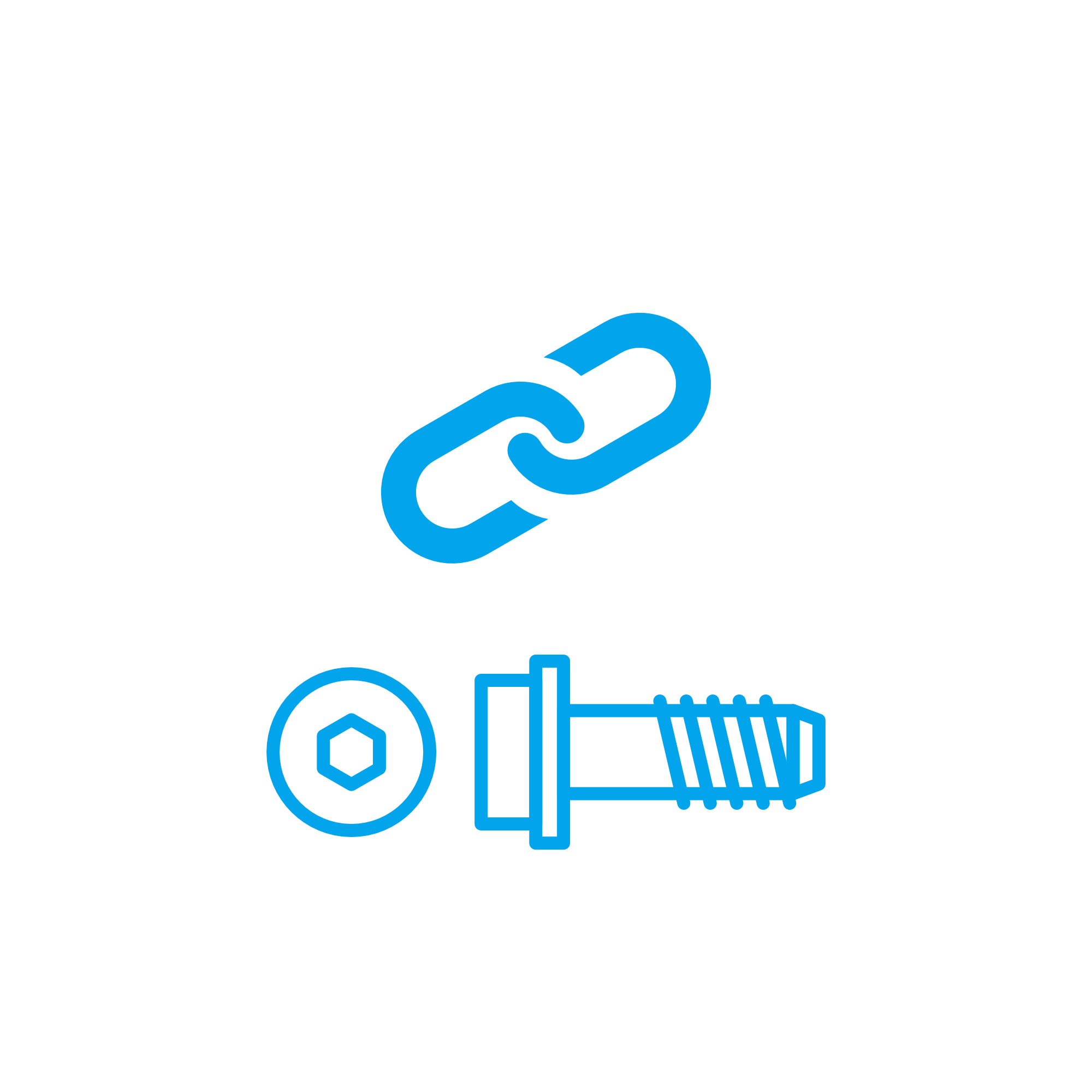CUP SEAL and connecting elements for diesel and marine engines
Connecting elements are the precision fasteners and jointing components that hold an engine together under heat, vibration, and cyclic loads. This category includes bolts, studs, nuts, washers, clamps, pins, and related interface pieces that create secure, repeatable joints throughout the power unit. From main bearing caps to turbocharger housings and exhaust manifolds, connecting elements deliver the clamping force required to maintain alignment, sealing pressure, and structural integrity. Without them, neither a diesel engine nor a gas engine could convert combustion into reliable power.
In heavy-duty environments such as a marine engine, connecting elements must withstand salt-laden atmospheres, thermal gradients, and long maintenance intervals. Their material quality, surface treatment, geometry, and fit directly affect engine uptime and lifecycle cost. Even sealing auxiliaries like a CUP SEAL within assemblies depend on correct clamping to perform consistently. That is why purchasers and technical decision-makers treat this category as mission-critical for performance and safety.
Technical function of connecting elements in an engine
The primary job of connecting elements is to create and maintain preload—the elastic tension that clamps parts together. Correct preload guarantees stable friction at the joint interface, keeps gaskets compressed, preserves alignment of rotating groups, and mitigates fretting corrosion. In cylinder heads, for example, head bolts and studs must apply uniform load so the head gasket seals combustion, oil, and coolant circuits. In conrods, specialized bolts manage high-frequency tension cycles; in turbochargers, high-temperature studs resist creep and relaxation. Across the engine, predictable torque-to-tension behavior is the foundation of leak-free, dimensionally stable assemblies.
A CUP SEAL marine engine application or a CUP SEAL diesel engine fuel system depends on properly tightened fasteners to hold housings square and prevent micro-movement that can interrupt sealing lips. The relationship is symbiotic: robust connecting elements stabilize the interface; the CUP SEAL completes the sealing system. In fuel injection clamps, charge-air coolers, and lube oil modules, this combination protects efficiency by preventing blow-by, pressure losses, and contamination.
Torque, preload, and CUP SEAL interfaces
Achieving the right preload requires selecting the correct fastener grade, thread pitch, lubrication, and tightening method (torque, torque-angle, or yield). Material selection ranges from quenched-and-tempered alloy steels to high-temperature alloys on hot sides. Surface finishes—zinc flake, phosphate, or dry-film lubricants—control friction scatter to produce consistent tightening results. When a sealing element such as a CUP SEAL is involved, maintaining clamping uniformity is especially important: uneven load can distort housings, misalign shafts, or reduce seal contact pressure, shortening service life and elevating leakage risk.
- · High-strength materials for cyclic fatigue resistance.
- · Controlled friction for precise torque-to-tension conversion.
- · Heat- and corrosion-resistant coatings for harsh environments.
- · Tight dimensional tolerances for repeatable fit and preload.
- · Compatibility with CUP SEAL interfaces and gasketed joints.
- · Proven tightening strategies (torque-angle, yield) for critical joints.
Importance for engine operation and service life
Connecting elements directly influence efficiency, emissions, and reliability. Properly engineered and maintained fasteners preserve sealing at the head gasket, prevent exhaust leaks at the manifold, and secure alignment in gear trains and accessory drives. This stability sustains compression, ensures accurate timing, and protects bearings and seals from misalignment.
When connecting elements wear, stretch, corrode, or lose preload, failure modes escalate quickly: loosening under vibration, gasket blowout, oil and coolant leakage, hot gas erosion, fretting at dowel interfaces, and ultimately fatigue fracture. A single failed stud at a turbocharger flange can cause exhaust leaks that reduce turbo efficiency and raise EGTs; a relaxed main bearing cap bolt can lead to bearing distress and catastrophic damage. In sealing zones, even a premium CUP SEAL cannot compensate for insufficient or uneven clamping of a housing—leaks, pressure loss, and early seal wear are the predictable results.
Advantages of OEM spare parts suitable for connecting elements
For critical engine joints, consistent quality and specification fidelity are non-negotiable. OEM spare parts suitable for connecting elements deliver the metallurgical properties, thread accuracy, and surface treatments defined by the engine manufacturer. That precision translates into reproducible preload, stable torque coefficients, and reduced scatter during installation—key to protecting performance, reliability, budget, and service life.
With OEM spare parts, CUP SEAL OEM parts integrations benefit from correct clamping forces, housing flatness, and alignment—conditions that extend seal life and reduce leakage risk. Traceability and batch consistency support planned maintenance and risk management on fleet assets, from offshore vessels to stationary power plants. The result is fewer unplanned stoppages, faster overhaul cycles, and predictable total cost of ownership.
- · Exact fit and geometry for critical engine interfaces.
- · Verified material grades and heat treatment for fatigue strength.
- · Coatings specified for corrosion, heat, and friction control.
- · Consistent torque–tension behavior for uniform preload.
- · Seamless interaction with CUP SEAL diesel engine and marine assemblies.
- · Reduced downtime through reliable installation and service intervals.
MOPA: fast, secure supply of OEM spare parts for connecting elements
MOPA is an experienced and reliable partner for OEM spare parts in the category of connecting elements. We streamline procurement for diesel and gas engines with rapid availability, technical clarity, and secure logistics. Our portfolio covers critical fasteners and jointing components for cylinder heads, main bearing caps, turbochargers, injection equipment, and auxiliary systems, including applications where a CUP SEAL marine engine or CUP SEAL diesel engine interface depends on precise clamping.
Purchasers and shipowners rely on MOPA for speed, quality, and security in the trade of OEM parts. From RFQ to delivery, we prioritize data-backed selection, documentation, and packaging that protect part integrity, minimize installation time, and help fleets return to service faster.
Conclusion: connecting elements and CUP SEAL performance
Connecting elements are the backbone of engine integrity, safeguarding sealing, alignment, and structural stability across diesel and marine applications. When matched with suitable OEM spare parts—and installed to specification—they preserve the effectiveness of sealing components such as a CUP SEAL, sustaining performance and extending service life.
Choose OEM spare parts suitable for connecting elements to secure reliable clamping, efficient operation, and predictable lifecycle costs across your engine assets.









